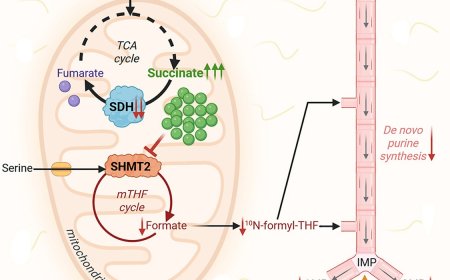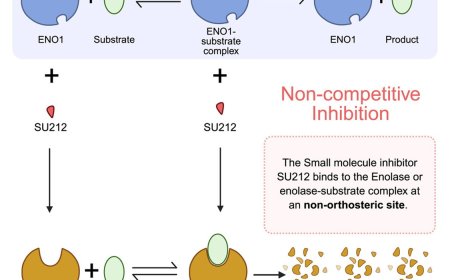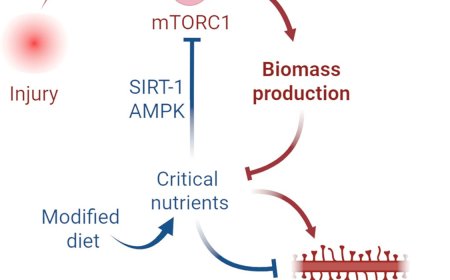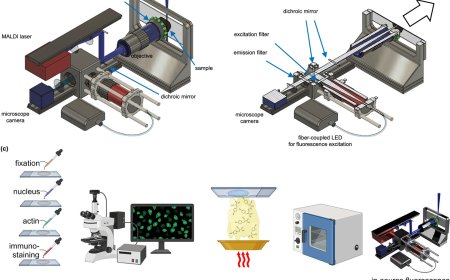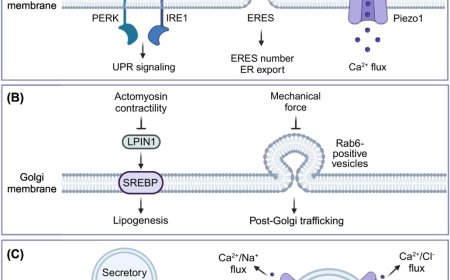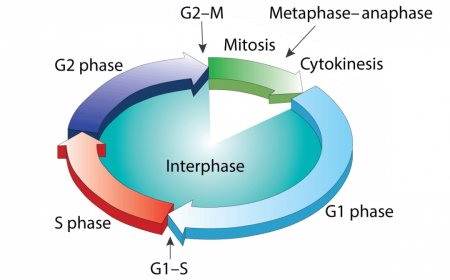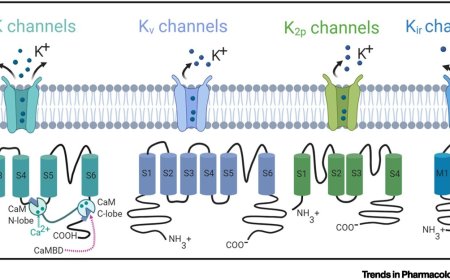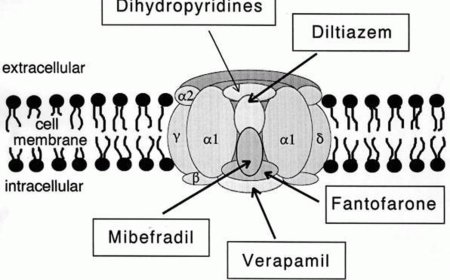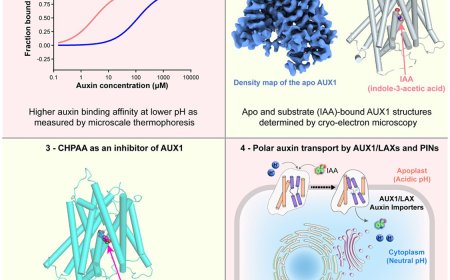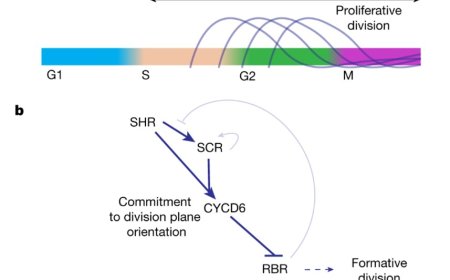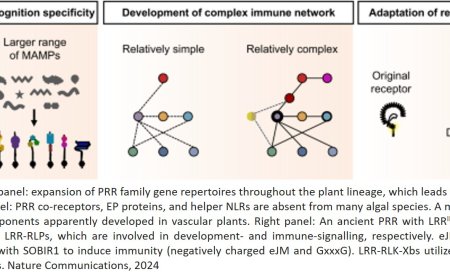Regulation of plant immunity
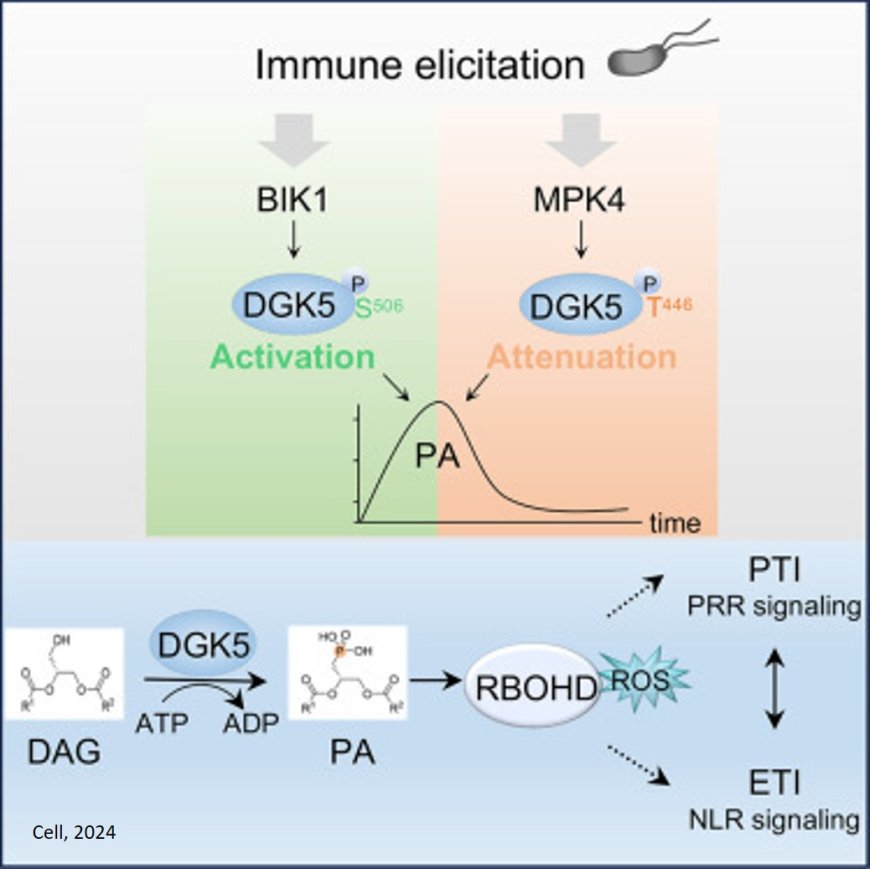
When pathogens attack plants, the plant cells almost immediately react.
The plant's cells begin to produce different kinds of small molecules called secondary messengers. These messengers travel throughout the cell membrane to begin the process of activating the immune system. These basic molecular pathways are the same whether you're a plant or animal, or even human.
A small molecule called phosphatidic acid, or PA, is the very first molecule to activate the immune system. Almost immediately after the attack, PA spikes, and then just as quickly falls. For a long time, researchers didn't know what caused this burst of PA.
Now, the researchers have discovered that a tiny enzyme, a lipid kinase called DGK5, is the culprit. Their study is published in the journal Cell.
"The excitement of this study is that it not only fills in the gap and identifies the enzyme that drives the production of PA, it's also that we uncovered two switches that control when the production of PA is turned on and when it is turned off," said the lead author.
"As PA is a crucial second messenger in various human diseases, understanding the intricate regulation of its production is believed to be pivotal in maintaining cellular homeostasis and combating diseases."
The researchers found that two different enzymes, called protein kinases, interact with DGK5 to start and decrease the immune response, respectively. The first enzyme attaches to DGK5 and causes the burst of PA. The second enzyme then suppresses PA production.
Nearly 30 years ago, researchers first observed the rapid production of PA after a pathogen invasion. But the underlying mechanisms were not understood, says Shan, who Shan focuses on how immune receptors on the surface of cells perceive pathogen infection molecules, and then how that information is relayed to the rest of the cell.
To study the pathway, the lab uses Arabidopsis, a small plant in the mustard family. These plants self-pollinate, which means that each one of its 10,000 to 30,000 seeds contain exact genetic replicas of the parent plant. That way, the researchers can look at mutants of the plant to study different molecular pathways.
The authors used a collection of mutant lines of Arabidopsis to screen for susceptibility to disease and to hone in on DGK5. At the same time, using a molecular and biochemical genetic approach, the lab identified DGK5 as the primary driver of the production of PA.
Then, the researchers created mutants of Arabidopsis with the enzyme DGK5 turned off, or silenced. They used these mutants to tease out how DGK5 was regulated by the upstream protein kinases and actually drove the production of PA, helping the plant to fight off the attacking pathogen.
The team's work also shed light on the role of PA with another type of molecule called reactive oxygen species. ROS is essential to biological processes, but overproduction can lead to oxidative stress—the thing that antioxidant health food is supposed to fight against. However, during plant immune responses, ROS is key: it's considered a first layer of defense against pathogens because of its signaling roles as well as directly killing pathogens, the researchers say.
The team found that PA also regulates ROS by binding to and stabilizing the enzyme that produces ROS.
"Our findings shed light on how this process modulates reactive oxygen species signaling, orchestrating two key branches of plant immunity," the author said. "It's a remarkable journey into the molecular intricacies of plant immune mechanisms."
The author says the work opens up future research to explore lipids involved in the immune signaling relay and immunoregulation process, as well as how lipids are involved in other environmental stress processes.When pathogens attack plants, the plant cells almost immediately react.
The plant's cells begin to produce different kinds of small molecules called secondary messengers. These messengers travel throughout the cell membrane to begin the process of activating the immune system. These basic molecular pathways are the same whether you're a plant or animal, or even human.
A small molecule called phosphatidic acid, or PA, is the very first molecule to activate the immune system. Almost immediately after the attack, PA spikes, and then just as quickly falls. For a long time, researchers didn't know what caused this burst of PA.
Now, the researchers have discovered that a tiny enzyme, a lipid kinase called DGK5, is the culprit. Their study is published in the journal Cell.
"The excitement of this study is that it not only fills in the gap and identifies the enzyme that drives the production of PA, it's also that we uncovered two switches that control when the production of PA is turned on and when it is turned off," said the lead author.
"As PA is a crucial second messenger in various human diseases, understanding the intricate regulation of its produ
